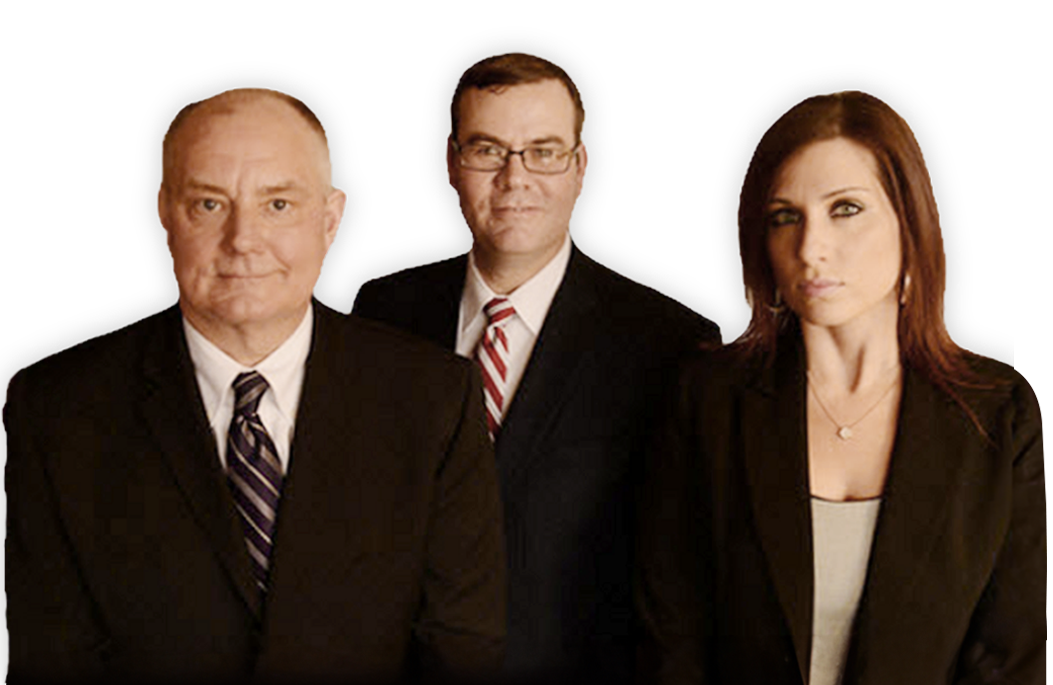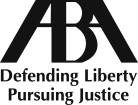Preparation helps calm nerves
SPRINGFIELD — Jeffery J. Tomczak sat alone, steadily paging through a stack of documents.
Portraits of former chief justices silently observed him running through notes and case history at a long table in the attorney’s room — just outside the Illinois Supreme Court chambers.
Soon, the owner of the Law Offices of Jeff Tomczak in Joliet would step to the podium and deliver the first high court oral argument of his 27-year career, representing a defendant in a DUI case. His wife, daughters and parents all came to view this career highlight.
The former Will County state’s attorney began speaking, barely finishing the opening sentence of his prepared remarks before the chief justice interrupted him.
In his rush to launch into the legal debate, Tomczak forgot to identify himself to the court.
“I don’t usually miss saying my name very often,” he said later, noting his prior political experience ingrained that trait in him. “My friends will give me a hard time about that one.”
The pressure and tension in developing and arguing a Supreme Court case can often strain one’s nerves, veteran and rookie high court arguers agree.
But preparedness — investing significant time in developing the appeal petition, writing and editing the brief and honing an oral argument — remains the key to surviving and succeeding, they said.
“The more one prepares, the more one realizes that nerves and anxiety are all part of the process,” said David Iskowich, the supervising attorney for the Criminal Appeals Division of the Illinois attorney general’s office. “But preparation does a lot to remedy that.”
The petition
Any case in the high court begins with a petition for leave to appeal — the roughly 20-page document that attempts to persuade the court to hear the case.
Crafting a PLA always poses a challenge, as it requires distilling an often painstakingly detailed case record down to a few crucial points, said Robert G. Black, a partner at the Law Offices of Robert G. Black P.C. in Naperville.
Knowing the court only takes about 4 percent of the petitions it receives, he said, means the appeal must clearly show why the case merits attention.
“You want to find that hook that will interest the Supreme Court in taking the case,” said Black, who began arguing cases before the high court in the early 1990s.
Solicitor General Michael A. Scodro, who oversees civil and criminal appeals for the state, said his office spends substantial time contemplating the impact of lower court decisions.
Before deciding to appeal to the high court, he said, they also consider what rules of law they could ask the court to create or modify.
“We devote significant thought to the contours of the legal rule we’re recommending,” he said, “and how it fits in with existing legal doctrine.”
Key points of focus, Black said, usually include conflicts in rulings between appellate districts or an evolving area of law that attorneys need guidance on.
“What you’re trying to do is not so much tell the Supreme Court why you should win your case,” he said, “it’s more why this case should be taken.”
The briefs
Once the court takes a case, intense work begins in developing a brief of 50 pages or less.
Before putting a single word down on paper, though, attorneys said they first must review the entire case record, learning it inside and out.
J. Timothy Eaton, a partner at Shefsky & Froelich Ltd., said studying the facts of a case sometimes takes weeks or months. Once, he spent a year reviewing a case with three years of trial court proceedings and hundreds of thousands of pages in the record.
“You have to understand the facts before you can appreciate the law,” said Eaton, who argued four cases before the high court in the past year.
Michael T. Reagan, owner of the Law Offices of Michael T. Reagan in Ottawa, said two key processes occur between the briefing stages at the appellate and Supreme Court levels.
For the high court, attorneys must first pare down the issues presented in a case to only the most critical ones — a sometimes difficult process when working with trial attorneys or clients who want to raise any and all questions.
Constructing a solid brief also requires figuring out how the present case fits in with the rest of case law. Attorneys must propose a solution that blends with existing legal precedent, he said.
“That’s a powerful aspect of persuasion, crafting a resolution to the case which would fit the best with the rest of the law,” said Reagan, who appears at the court about once a year, first arguing in 1986.
Iskowich said drafting a brief requires marshaling the best facts from the record, then applying existing law to them. But it also demands serious thought about what resolution to seek in a case.
“It’s more of an art than a science,” he said, “trying to gauge the mood of the court, where they might be wanting to develop the law and in what direction.”
Scodro said once an attorney grasps the “universe of the case” and develops a strategic plan highlighting the strongest arguments and anticipating weaknesses, an outline develops.
Writing usually occurs over several days, he said, with close attention paid to each paragraph and sentence. Once drafted, the brief undergoes an intense review process with one or more attorneys editing for style, but also revising or restructuring arguments.
“We make sure it’s a polished product without grammatical errors, but on top of that, making sure it’s put concisely and persuasively,” he said. “You don’t want to give the court more pages than it needs.”
The argument
Attorneys with frequent high court experience said oral arguments, the final stage of the process, tend not to be something they repeatedly rehearse in a mirror.
It does, however, require thorough preparation involving conversations with other attorneys and, in some offices, exercises that resemble moot court proceedings.
Michael J. Pelletier, the state appellate defender, said all attorneys in his office prepare their arguments with oversight from two supervisors who help distill the brief down to a few crucial points.
Attorneys then deliver their argument to staff members who interrupt with questions, simulating the experience that occurs in front of the seven-justice panel.
“No matter how many years of experience you have, I think it’s dangerous to just sort of wing it,” said Pelletier, who argued nine high court cases before taking the top spot in his office. “I’ve seen some individuals go up with no notes. I don’t know if that’s cocky, but I can’t imagine doing it.”
Attorneys tend to prepare remarks to fill their full 20 minutes of time, but said they hope to only need a few key points. The best oral arguments, they said, feature frequent questions from the justices.
Rather than seeing interruptions to their argument as a potential stumbling block, high court veterans said an active session with the justices offers a view into their thought process.
“If you’re lucky, the court takes over the argument and begins asking about the things which are important to them,” Reagan said. “That’s something a good advocate wants to happen.”
As a newcomer to oral arguments, Tomczak said he found anticipating potential questions to be the toughest part of preparation.
“You’ve got really, really, really smart judges asking really hard questions,” he said. “It’s your job not only to figure out what the questions are going to be, but coming up with a good, honest, intellectual answer.”
Scodro said he additionally views the back-and-forth as a chance to be a resource for the court. The arguing attorney knows the case better than anybody, he said, and this marks the final shot to share that knowledge.
“Ultimately, what you’d like to hear are questions that go to what the justices think are the very weakest points in your arguments,” he said. “That can be very challenging when you’re up there, but at the end of the day, you’d prefer to have the opportunity to address those concerns.”
While no way exists to anticipate every question from the court, attorneys said, discussions with sharp-minded colleagues can help.
“Chances are, if you have people that are new to the case look at the briefs, they’re going to come up with some thoughts or questions that you might expect the judges would ask,” Eaton said.
The opinion
Eventually, the case boils down to one important, final document.
The court issues rulings about 15 times a year and attorneys learn just a few days in advance when their case will be decided.
While waiting months for a conclusion sometimes pushes the case out of mind, attorneys said the sense of anxiousness quickly returns on opinion release day.
“I read the first paragraph, then jump to the last paragraph,” Black said. “Then I go back and look at the guts and see how they got there.”











